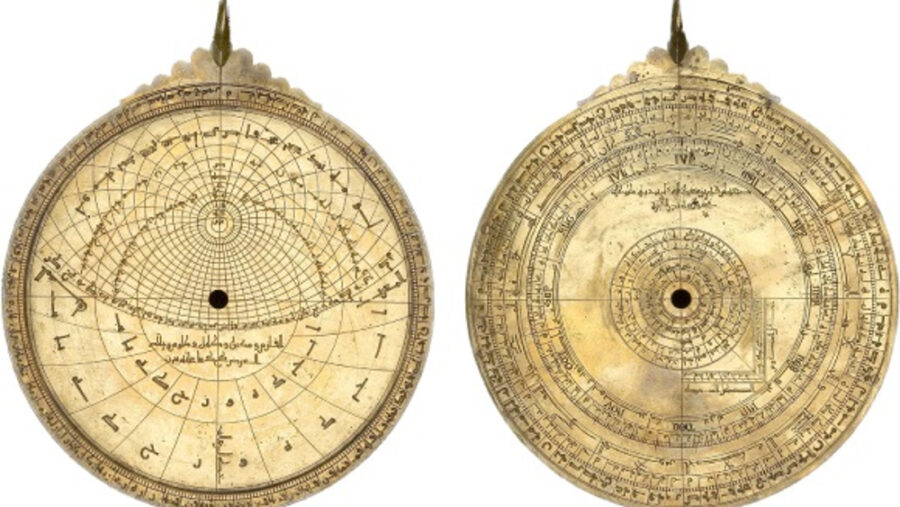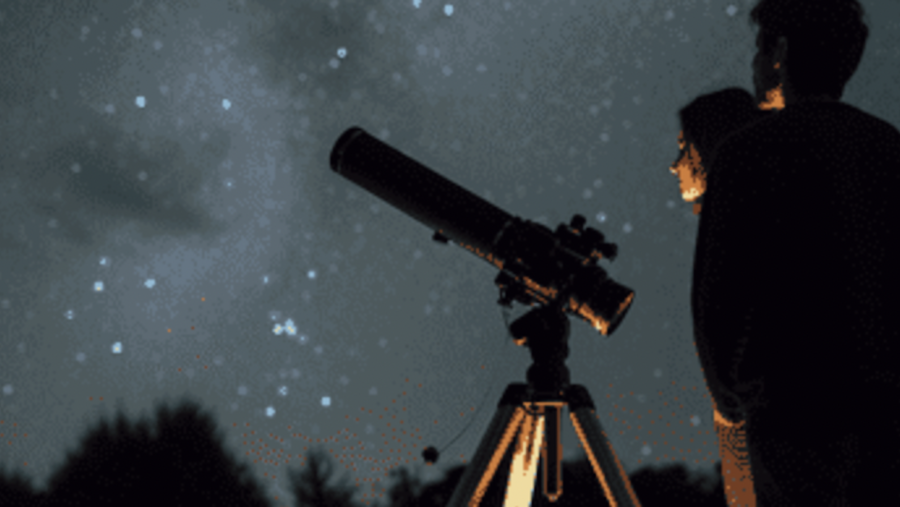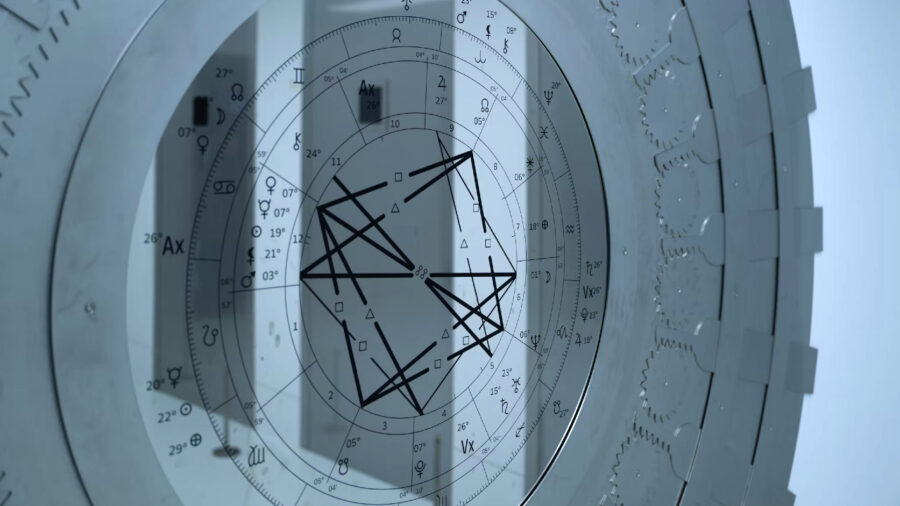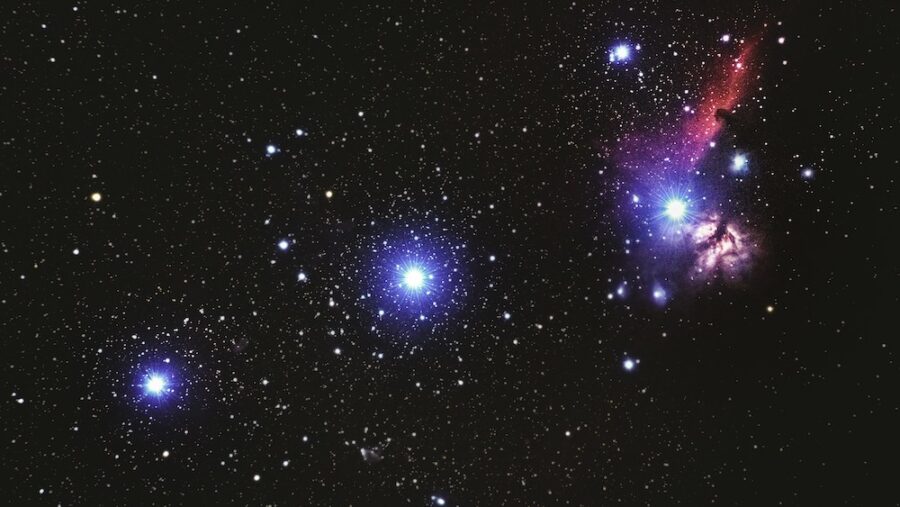Ancient Space Instrument Covered In Many Different Languages

Almost a year ago, historian Federica Gigante stumbled upon an ancient astrolabe (a device used to map stars and tell time) housed in the Fondazione Museo Miniscalchi Erizzo in Verona, Italy. Upon closer inspection, she realized the artifact had several languages etched onto its surface, providing a tangible link to the collaborative work of Islamic, Jewish, and Christian scholars in medieval Spain.
The Astrolabe

Initially engraved in Arabic script, the astrolabe’s astrological signs’ names had been translated into Hebrew. According to Gigante, its markings showcased the history of Islamic and Jewish scholars in al-Andalus, the Muslim-ruled region of the Iberian Peninsula. Moreover, the astrolabe’s plates featured inscriptions of Toledo and Cordoba, suggesting its origins and subsequent travels.
The astrolabe’s star positions aligned with those crafted in the 1060s and 1070s, and its latitude engravings hinted at a connection to North Africa. “It’s a bit like adding an app to a smartphone or running an update,” Gigante said. While its exact chronology remains unknown, the device likely made its way from Andalucía to Morocco in North Africa before falling into the hands of a Jewish owner.
From Africa To Italy

The astrolabe’s Hebrew inscriptions suggested that it eventually ended up in Italy, where it became part of the Jewish diaspora. The inclusion of Arabic inscriptions, despite being in the possession of Jewish individuals, reflects the “lingua franca” of the time, illustrating the interconnectedness of different cultures living in harmony.
The last set of ancient scripts appears to have been done by an Italian or Latin speaker in Western numerals. The astrolabe was then included in Ludovico Moscardo’s collection. Through marriages, it eventually found a home with the Miniscalchi family, who established the Fondazione Museo Miniscalchi Erizzo in 1990 to preserve the piece of history.
Science Brings People Together

Gigante also talked about how discovering the astrolabe blended her passion for scientific instruments and research on the migration of Islamic items into Europe. “The discovery never happened before, and it probably won’t happen again,” she said. She also noted that Muslim rulers often sponsored and supported Christian and Jewish scientists, irrespective of their religious affiliations.
“It’s not that this instrument tells us this for the first time,” Gigante said of the astrolabe. “All this is known, but what I find extraordinary is that this is a very tangible, physical proof of that history.” The astrolabe originated around the 6th century and was used to measure time and position by determining the altitude of celestial bodies.
The Astrolabe’s History

The astrolabe, which translates to “star-taker” in Greek, was moved out of Europe into the Islamic world by the 8th century. It became widely used in those regions from the early Middle Ages. The concept of the astrolabe can be traced back to the Roman Empire, and it has been claimed that it was invented by Hypatia of Alexandria, a female mathematician and philosopher.
Some famous astronomers who used the astrolabe include Abdul-Rahman al-Sufi, a 10th-century Persian astronomer who outlined over 1,000 uses of an astrolabe in his writings, and Ulugh Beg, a Timurid astronomer, mathematician, and sultan who built a famous observatory in the 1420s in Uzbekistan and used astrolabes for astronomical observations.
An Ancient Tool To Map The Stars

Both were instrumental in advancing the use and understanding of the device during their time. In later years, more sophisticated astrolabes were developed. They were used for advanced astronomical observations, like those conducted at the famous observatory built by Ulugh Beg in Uzbekistan in the 1420s.
Source: Nuncius












